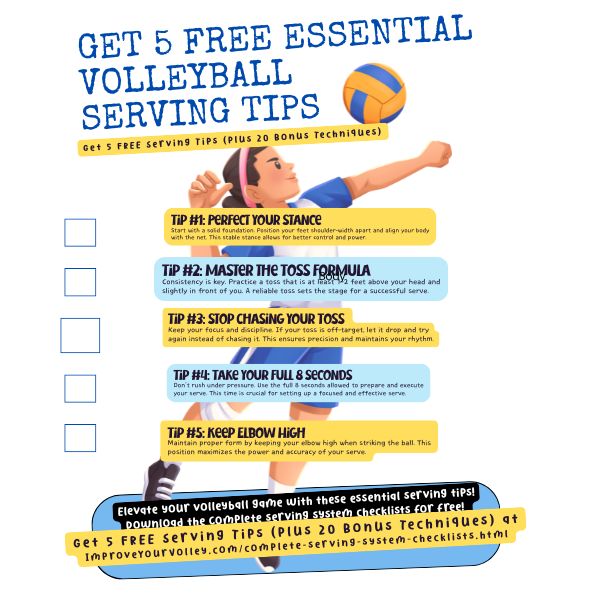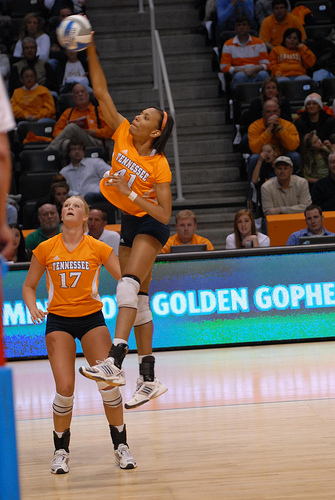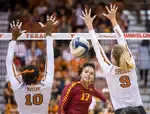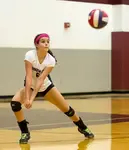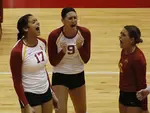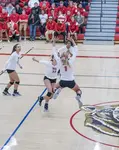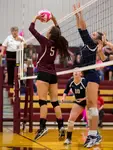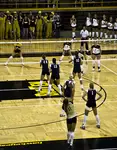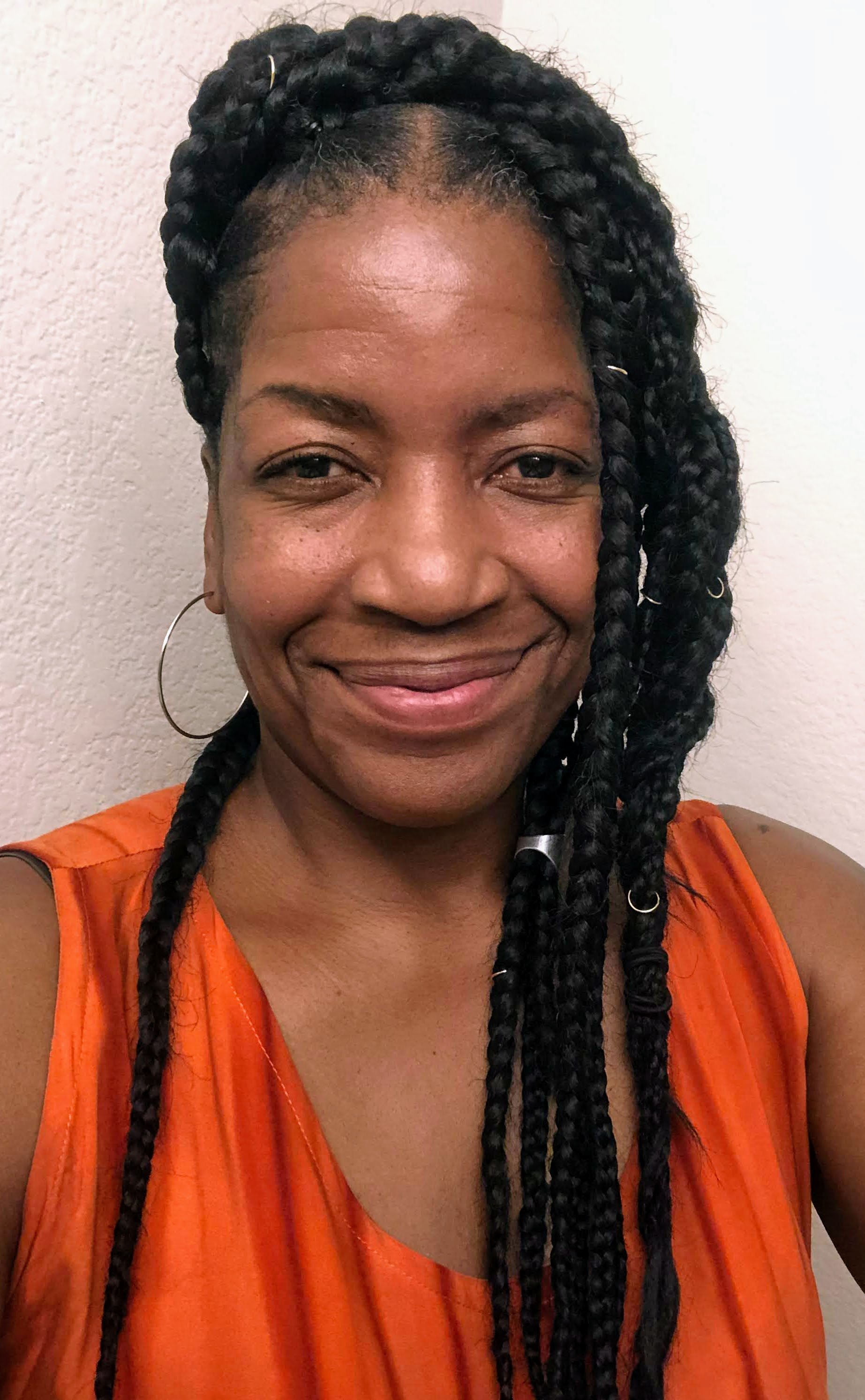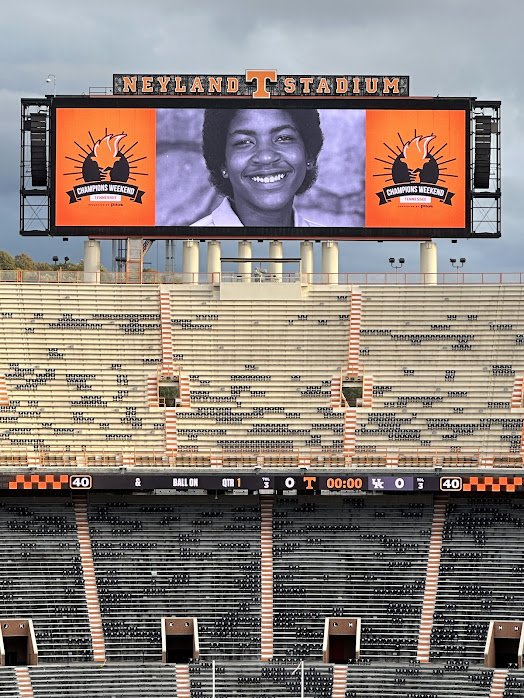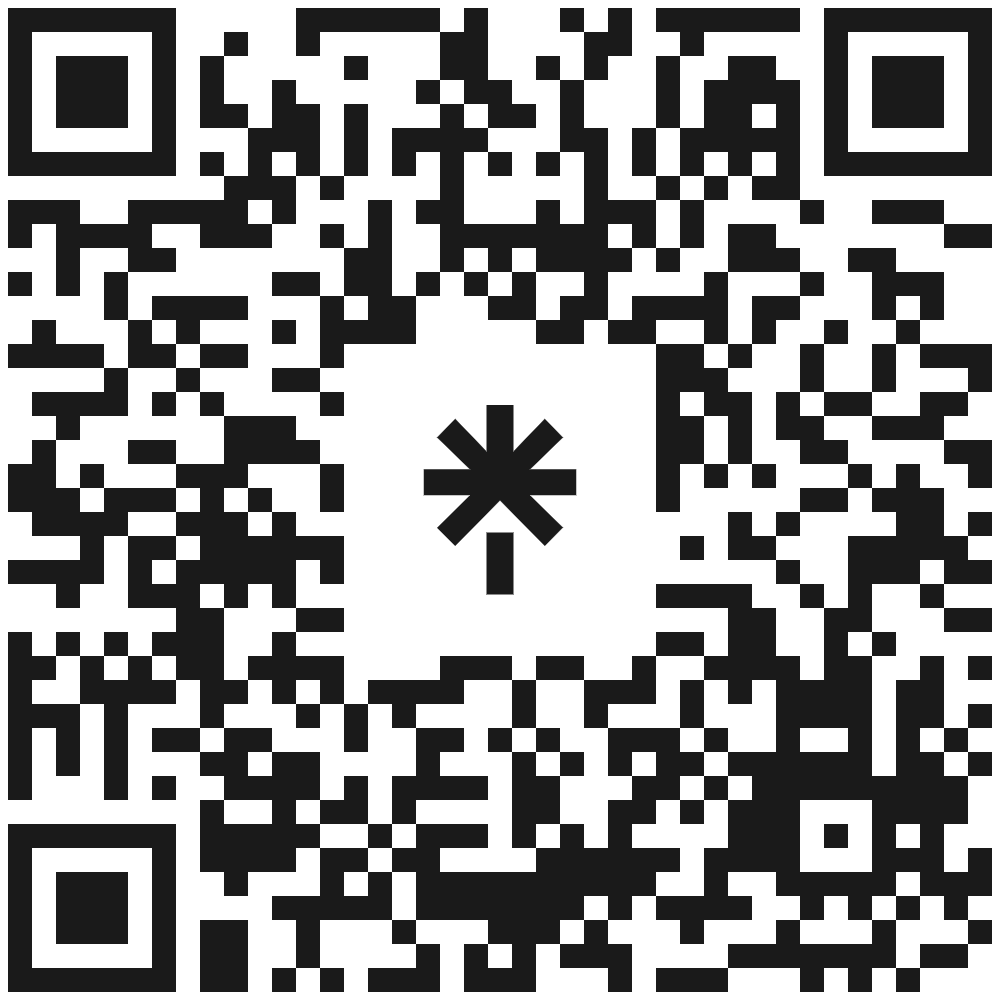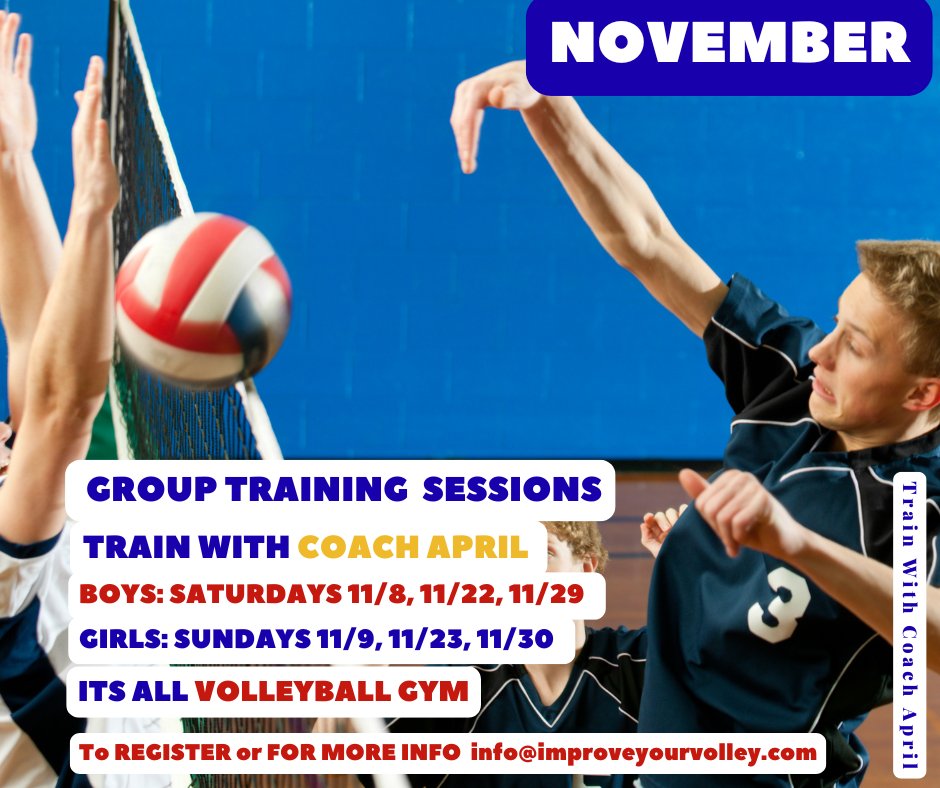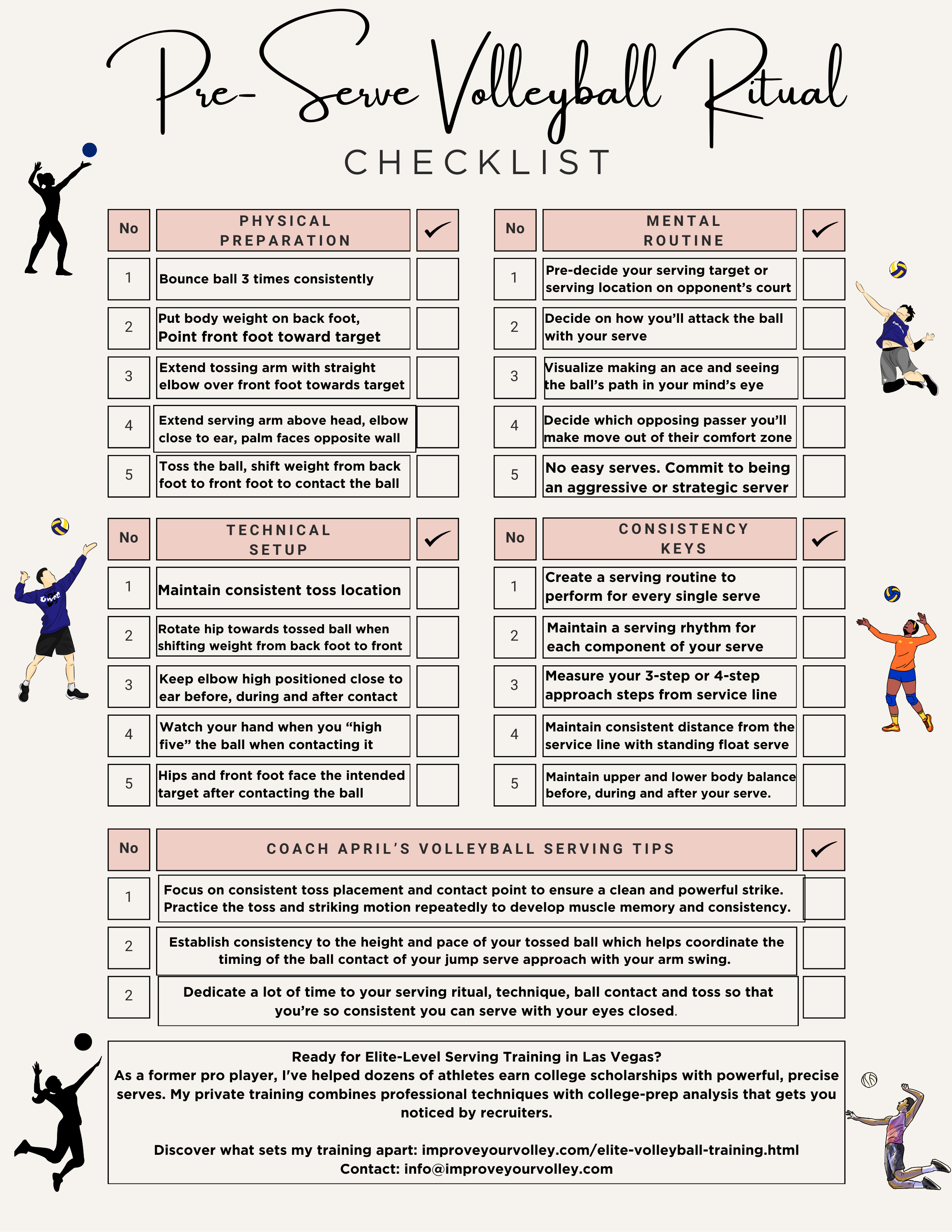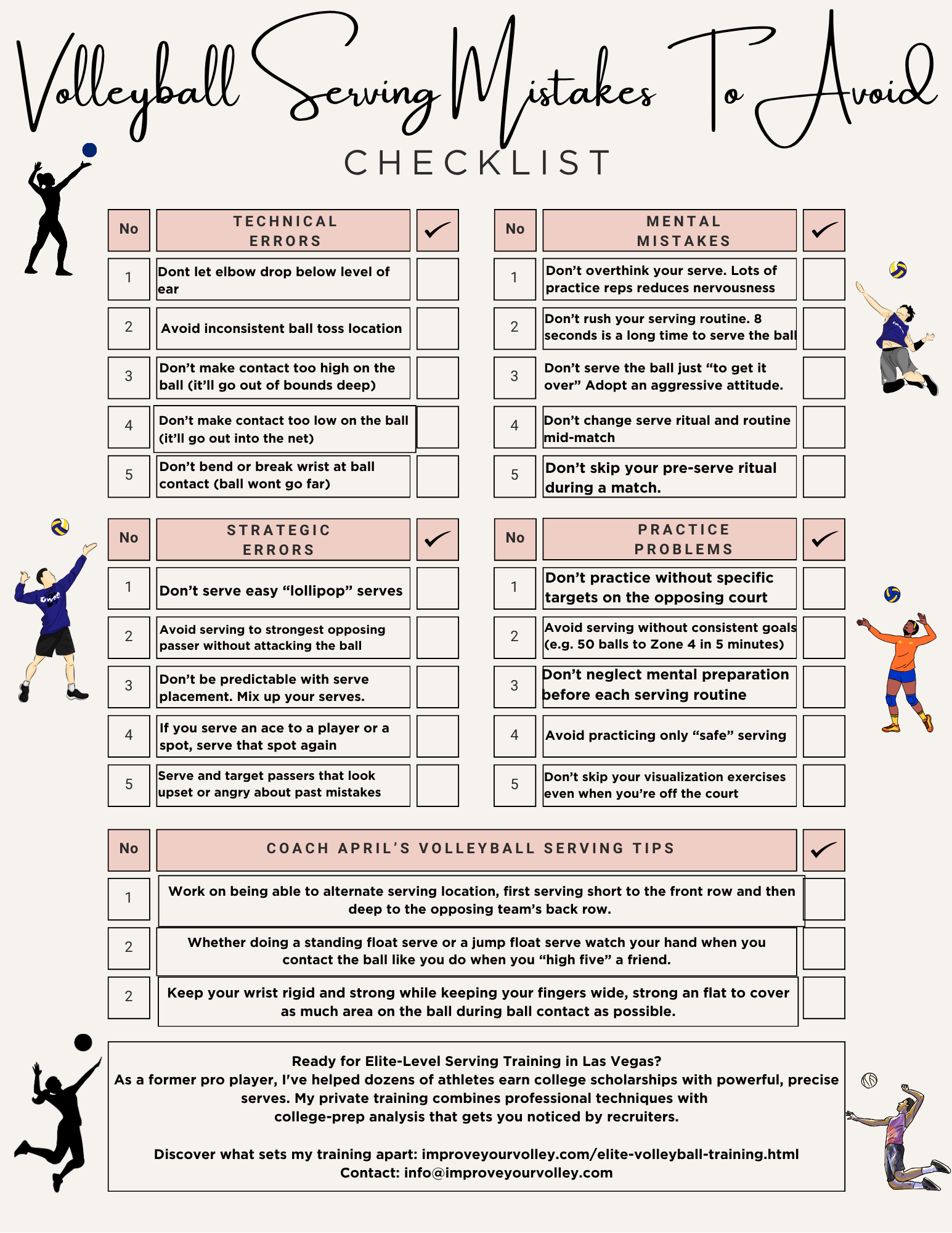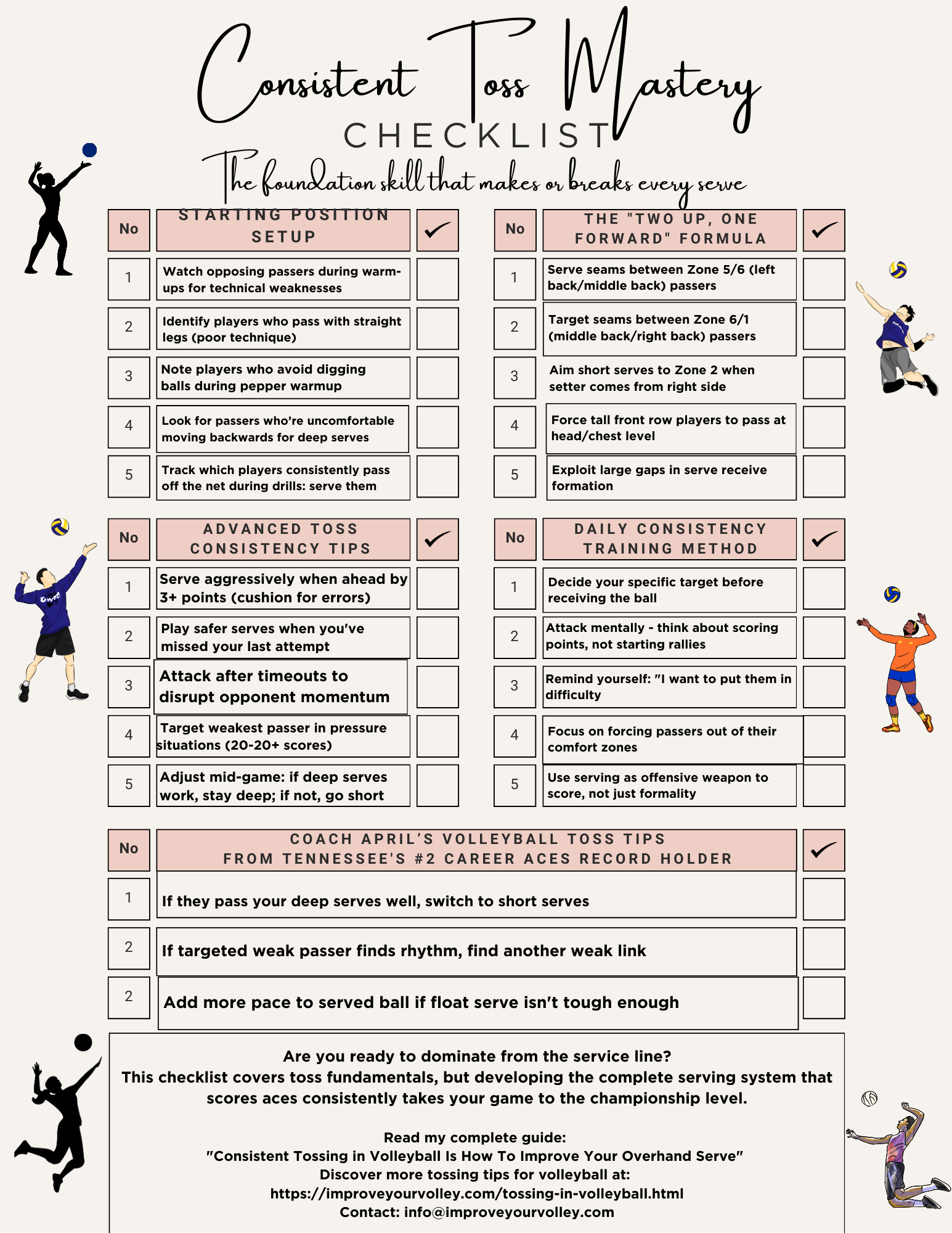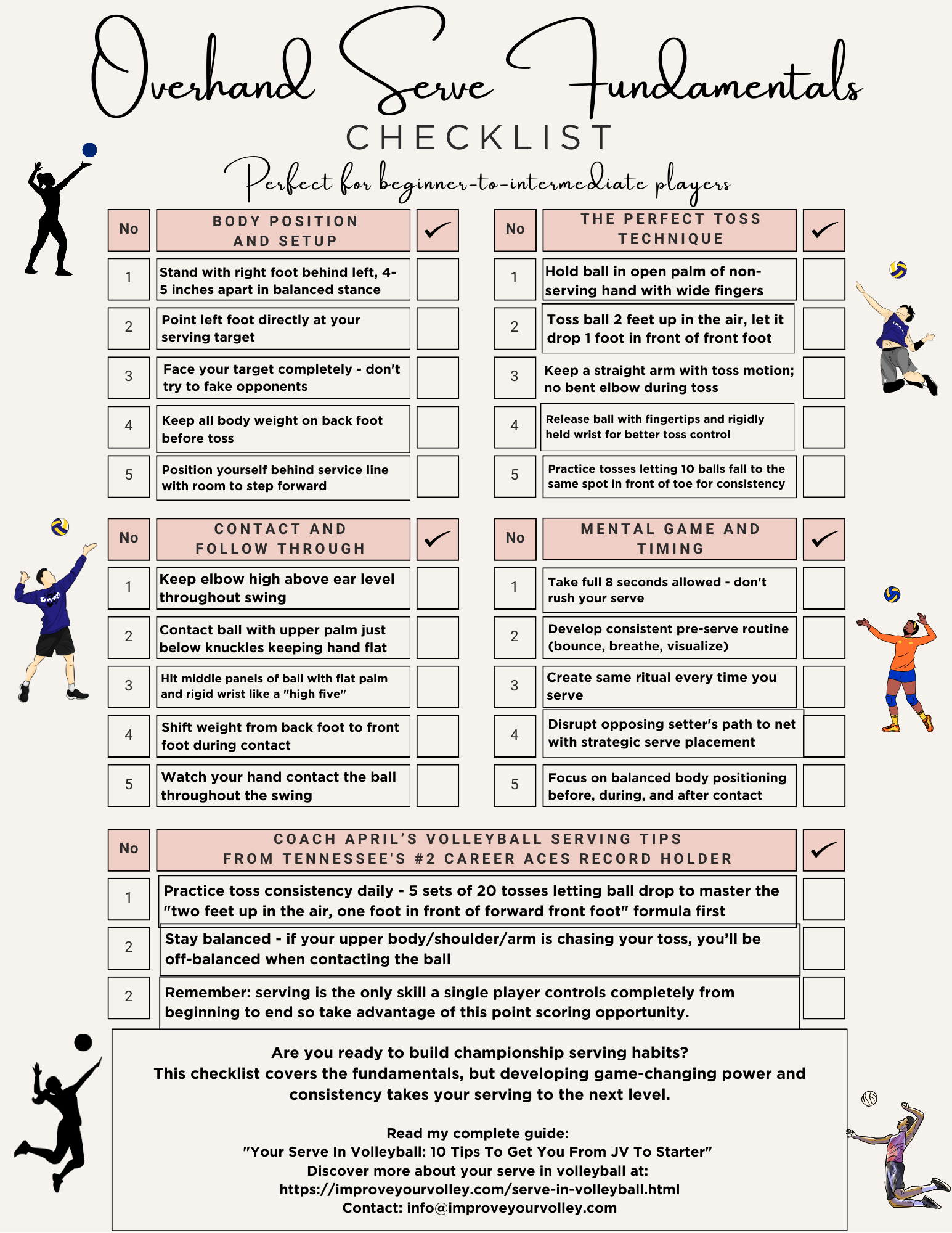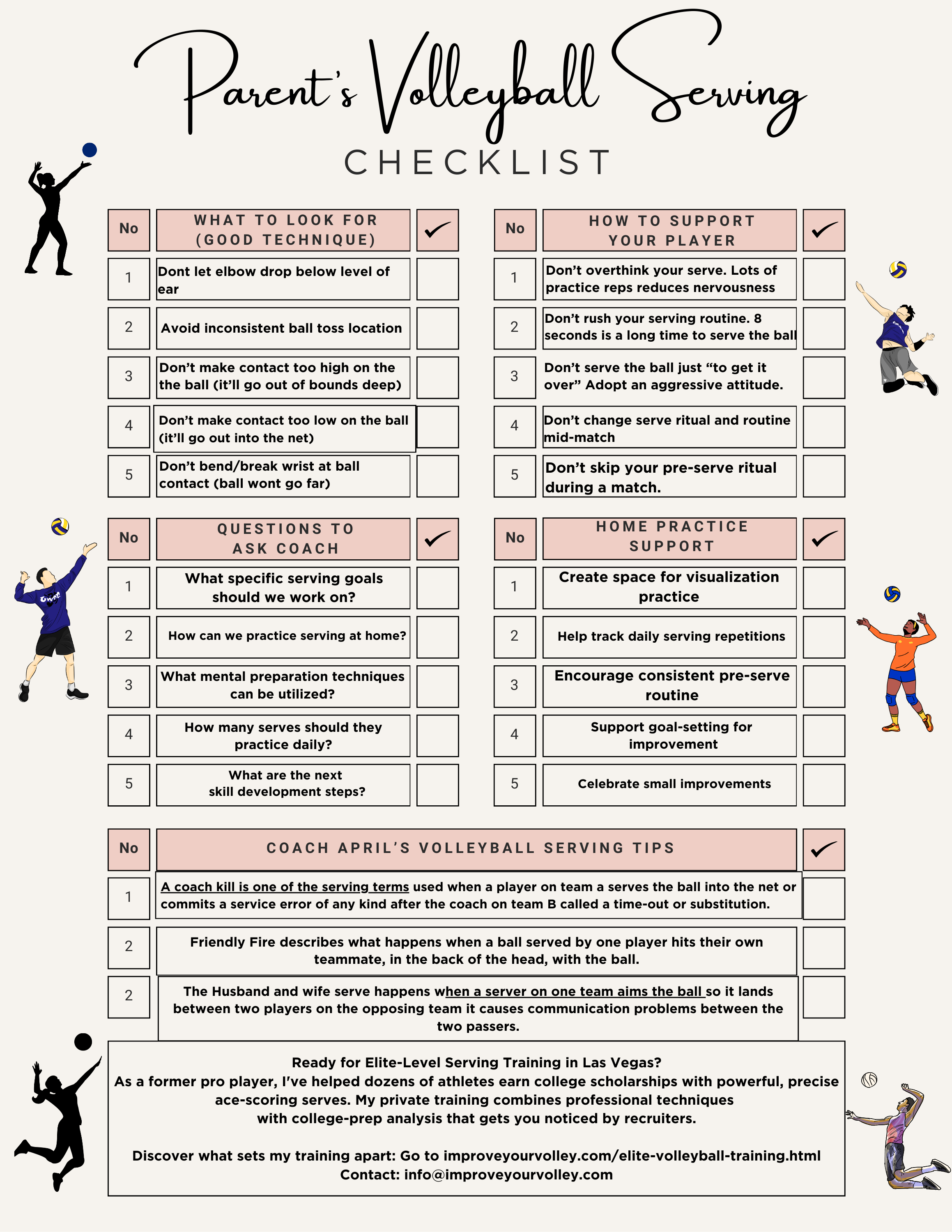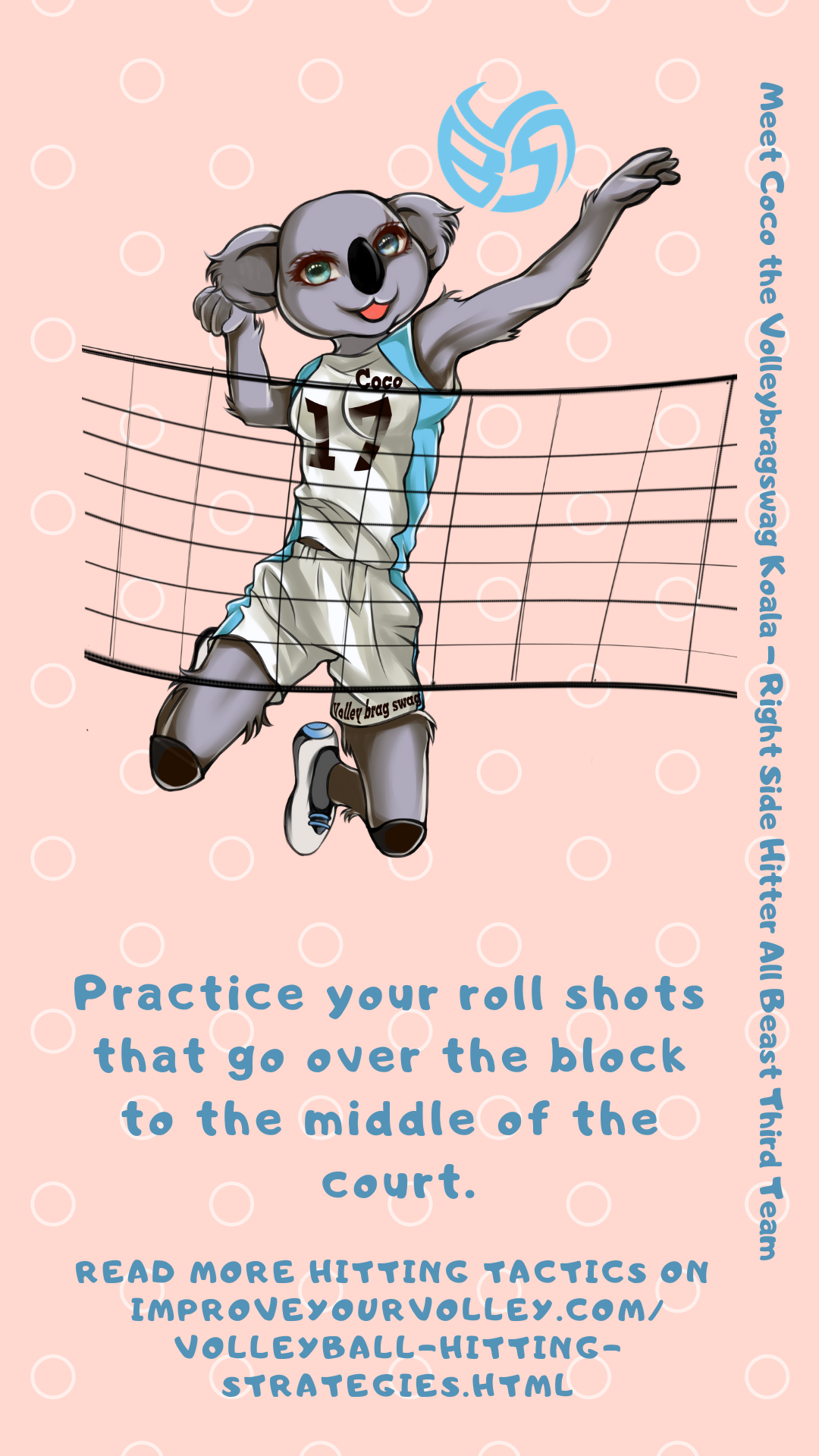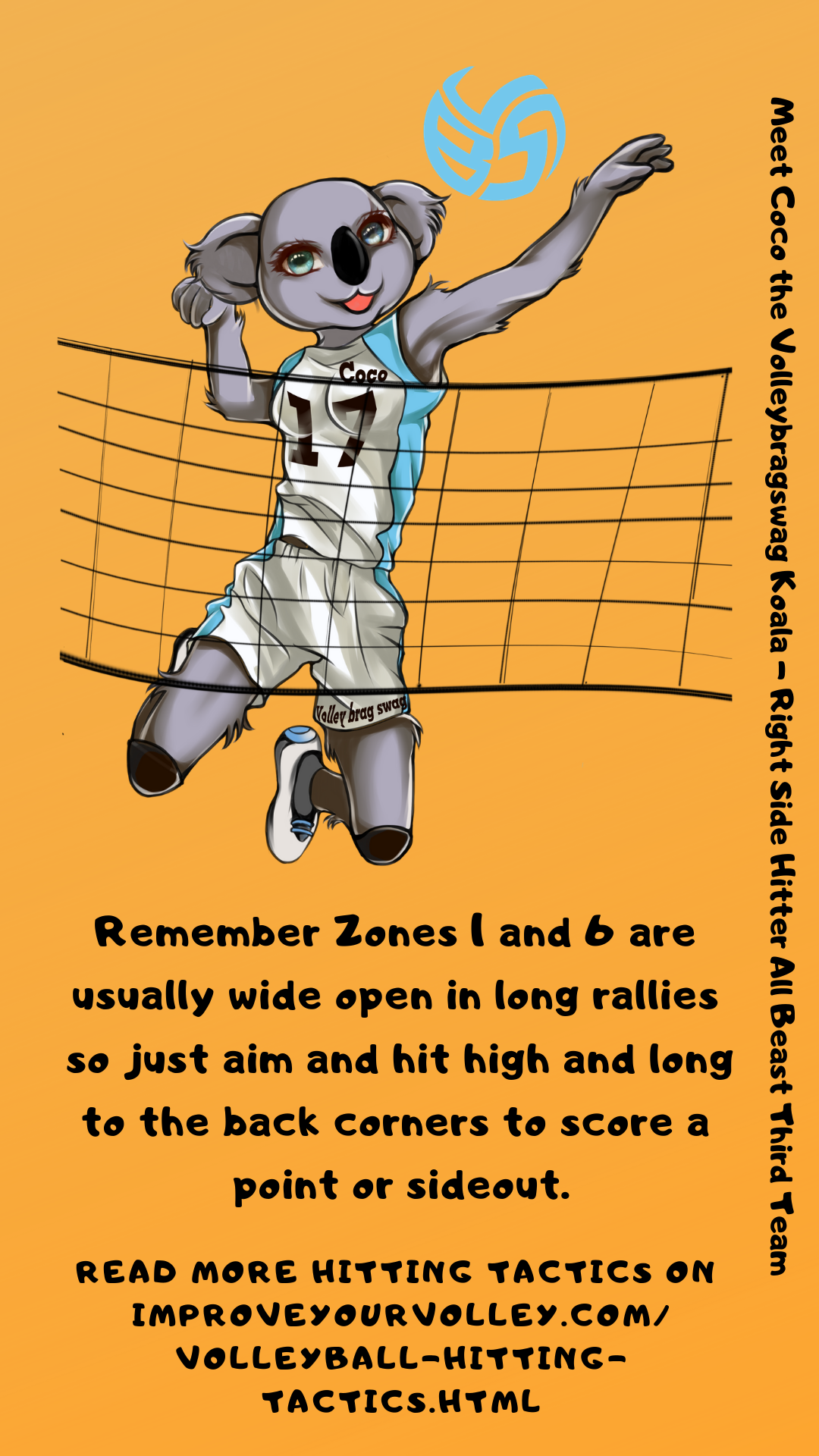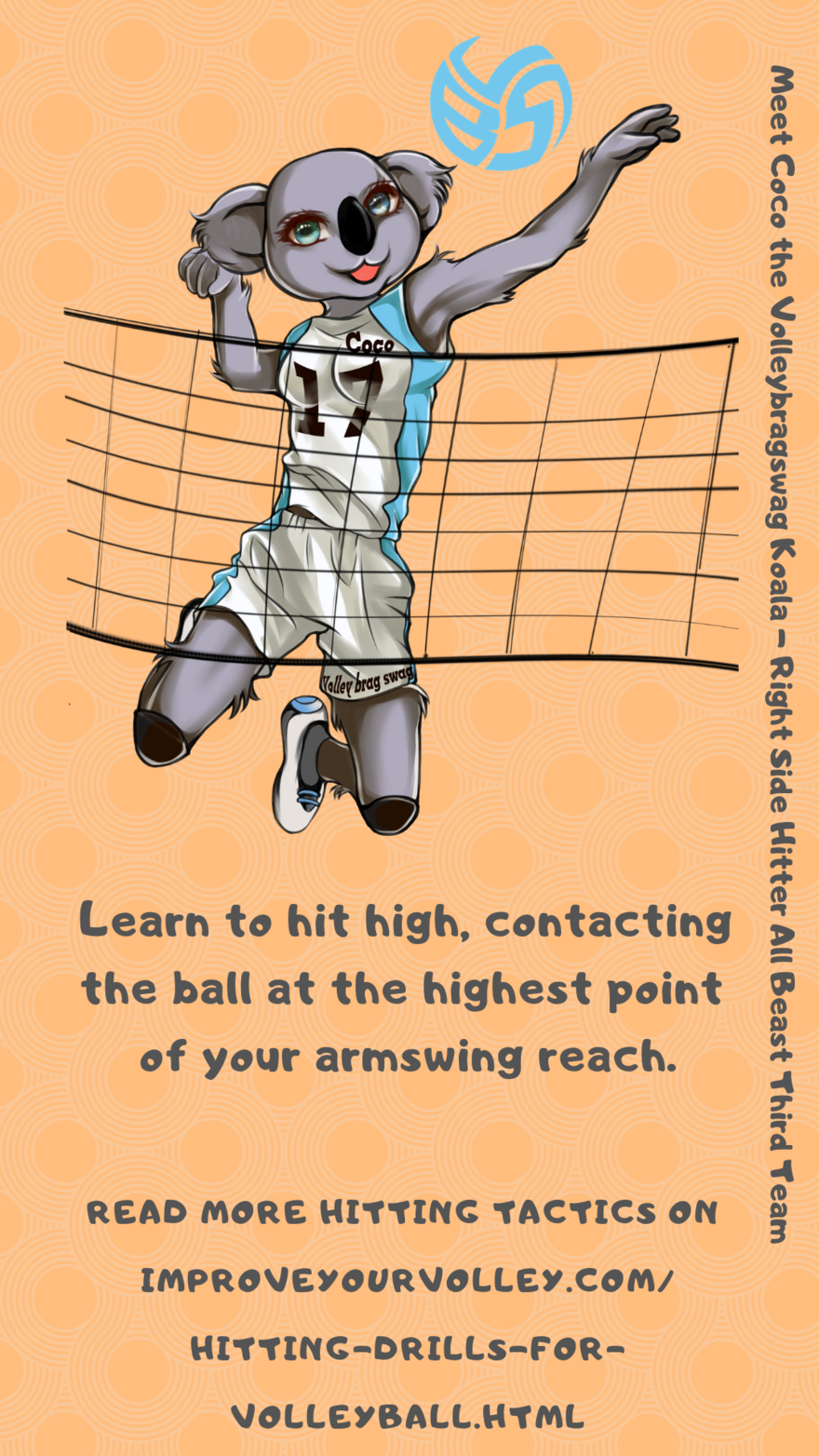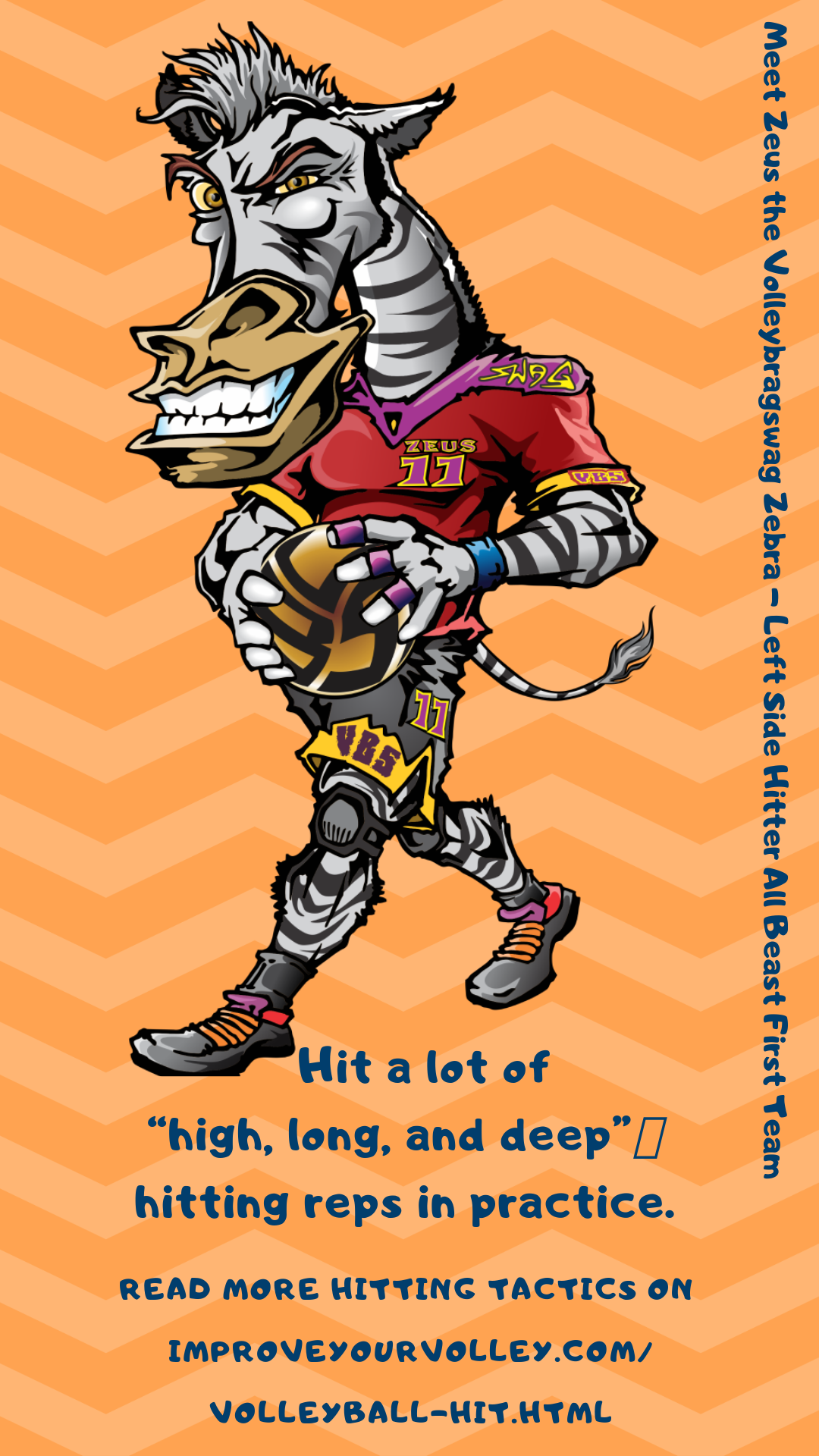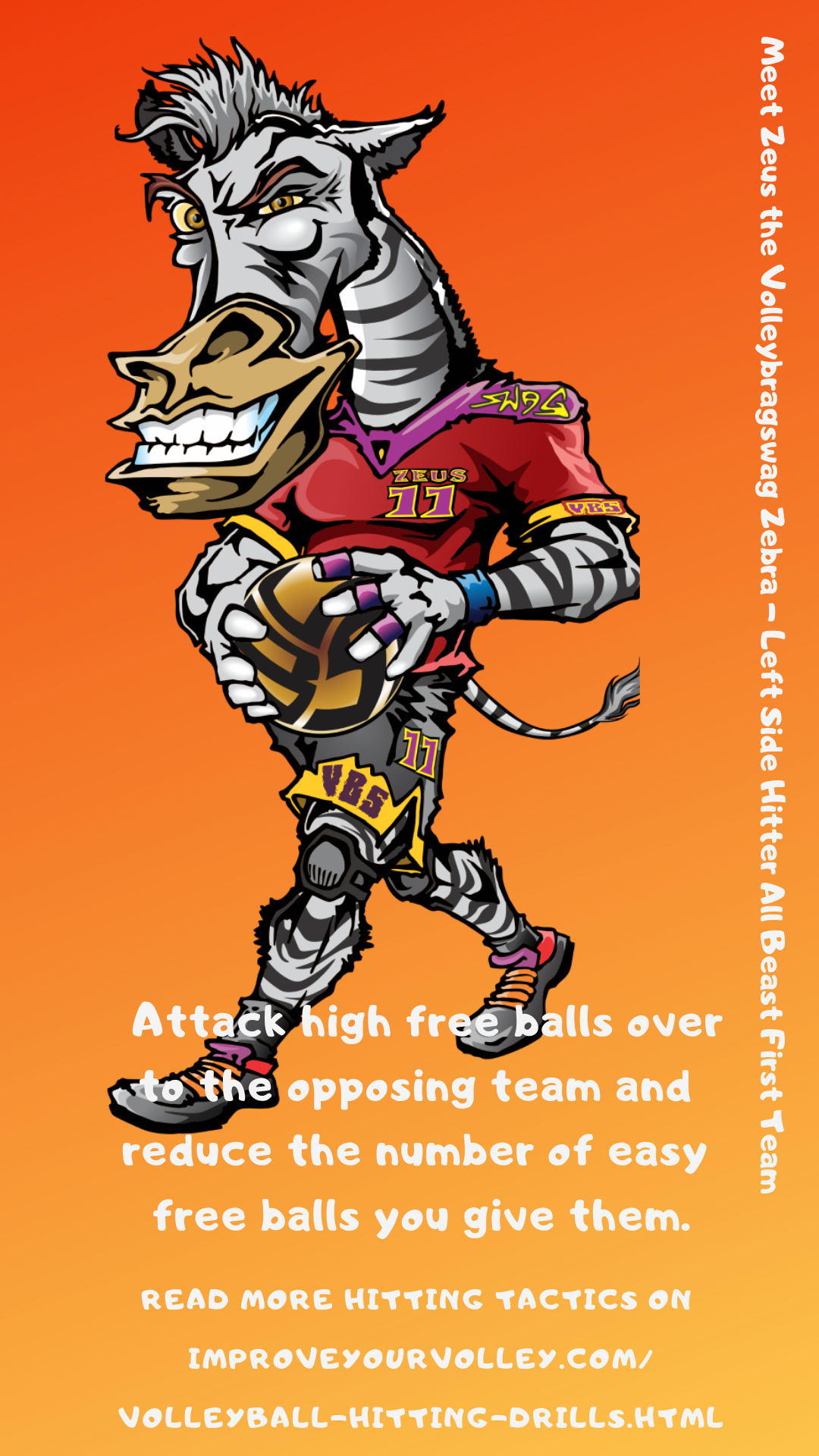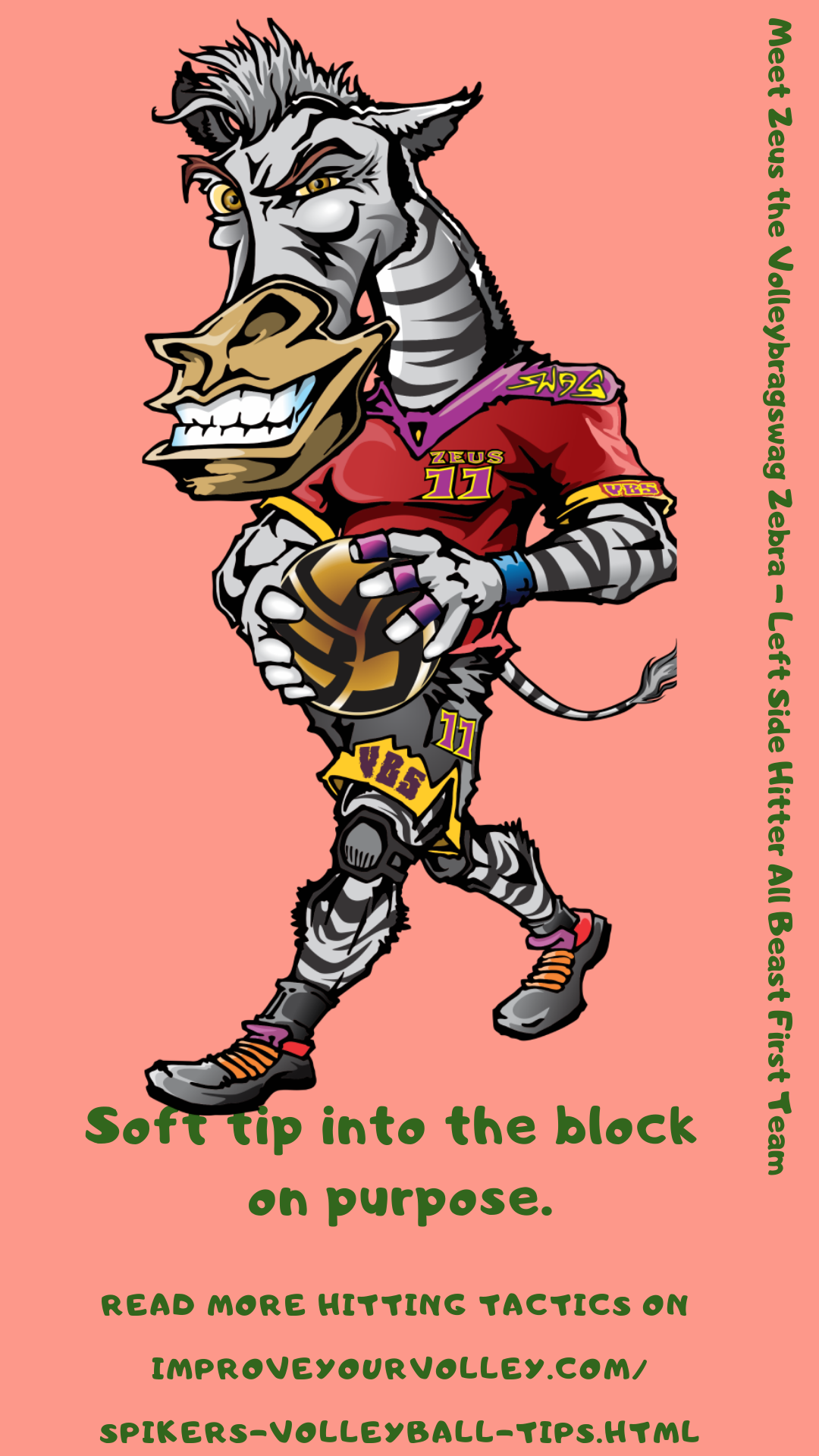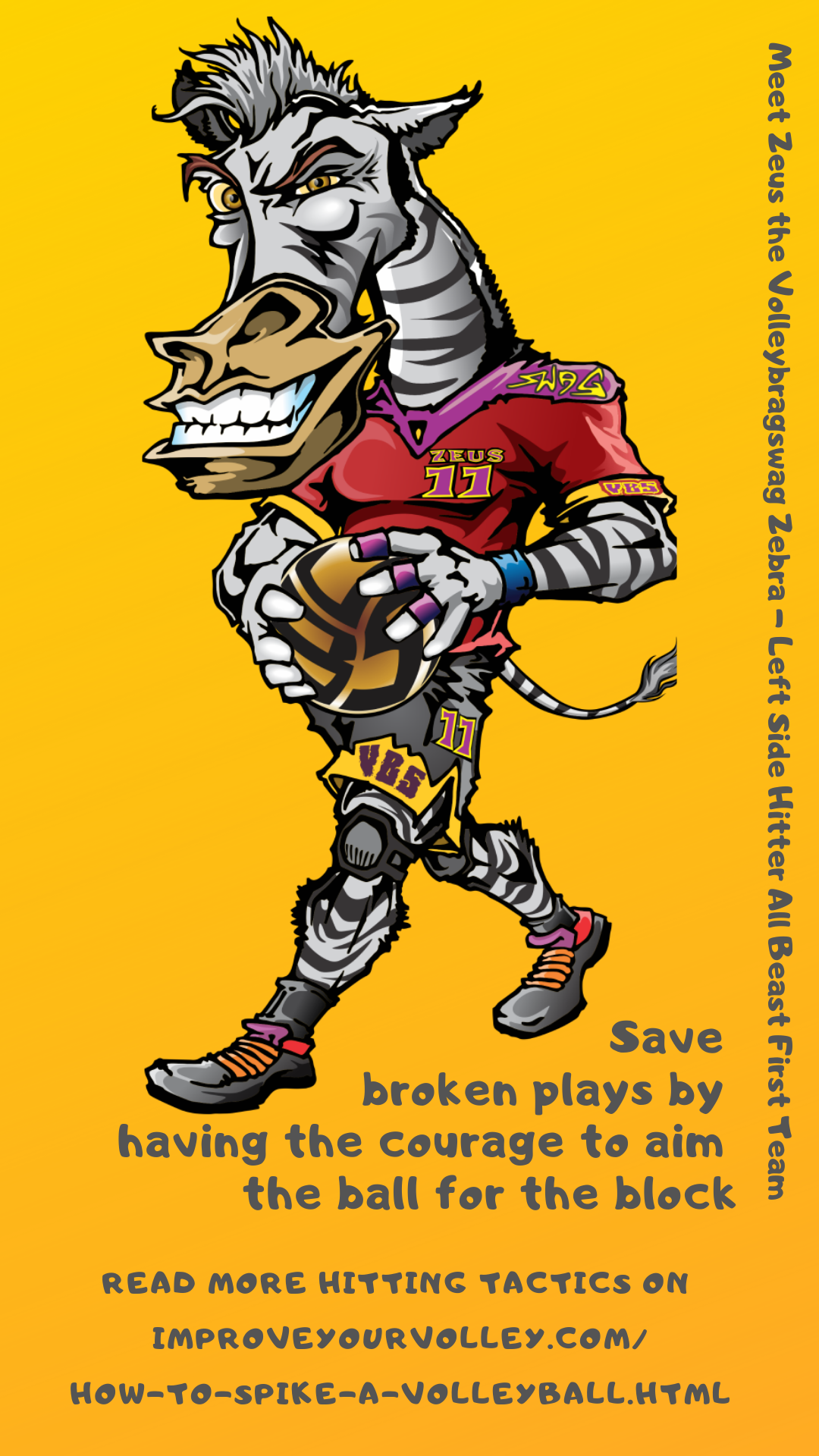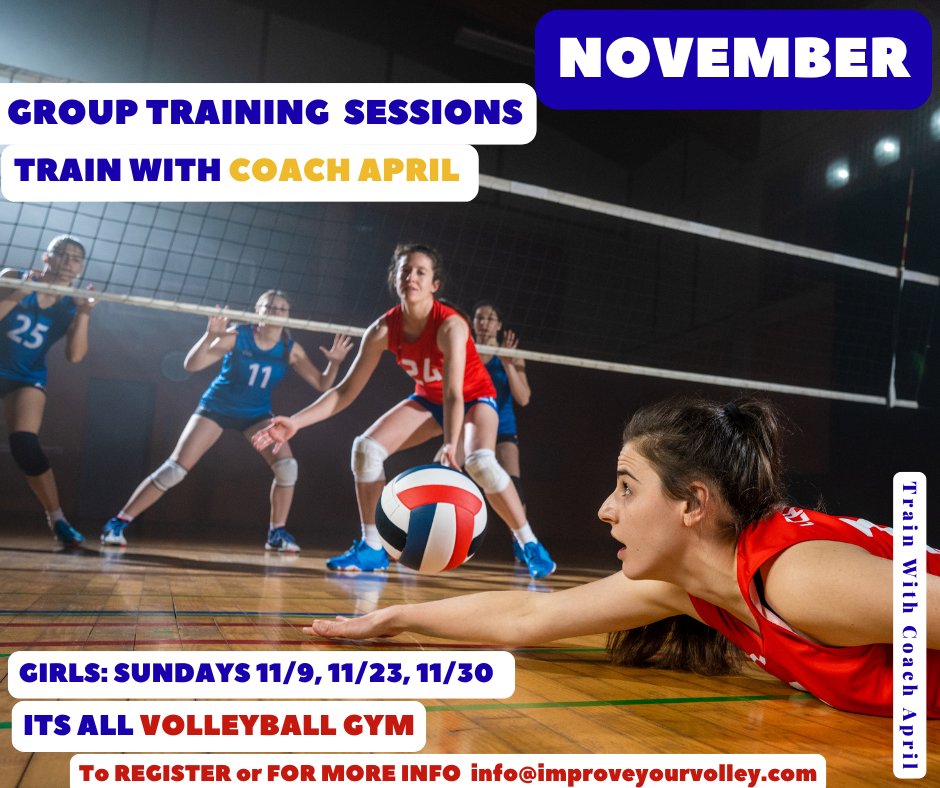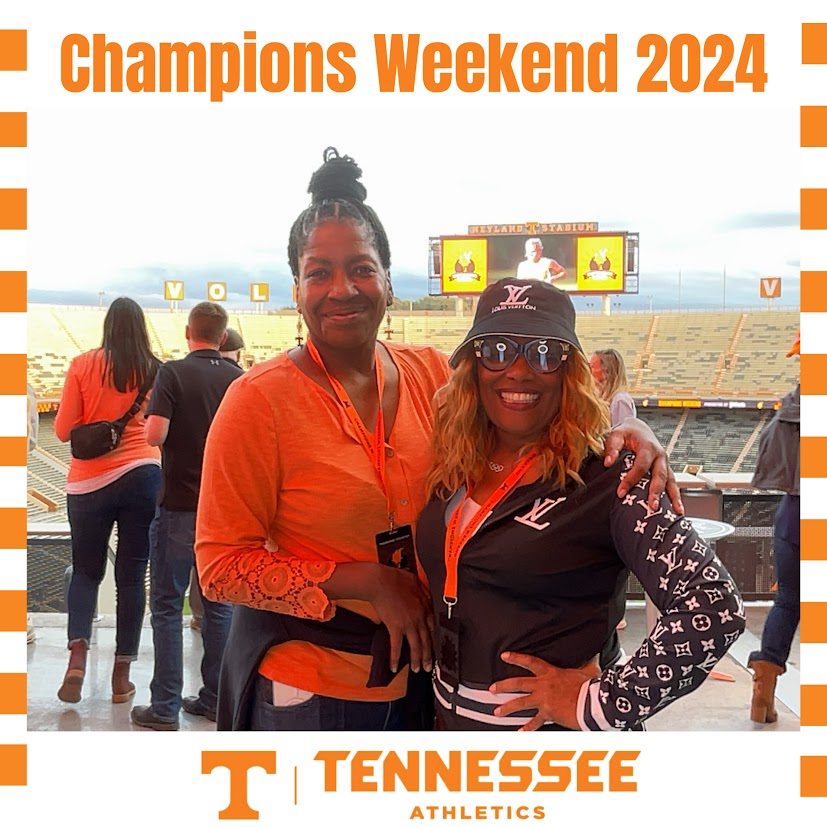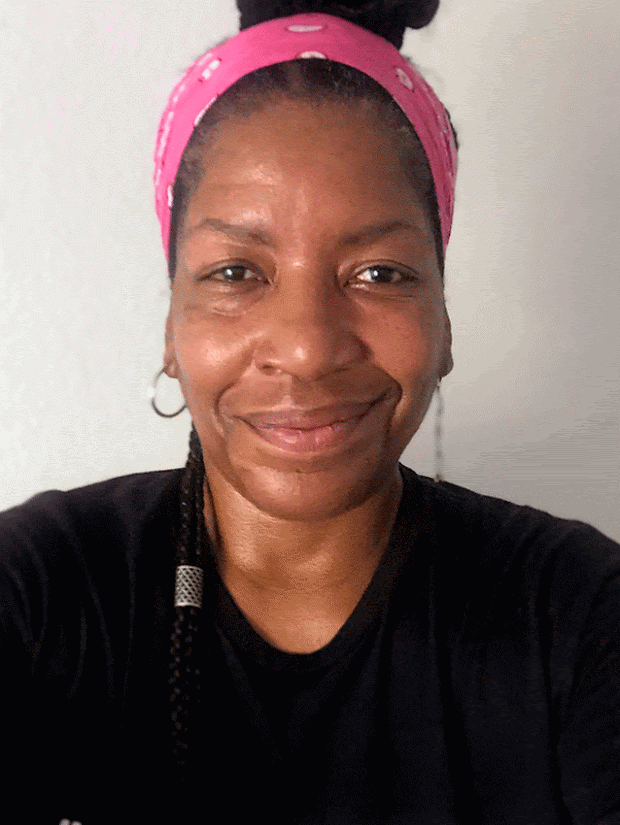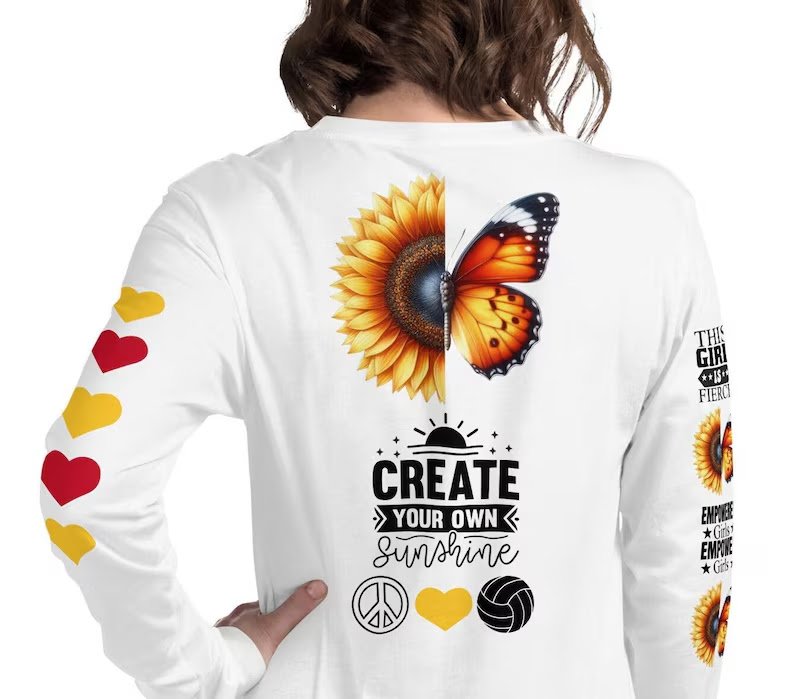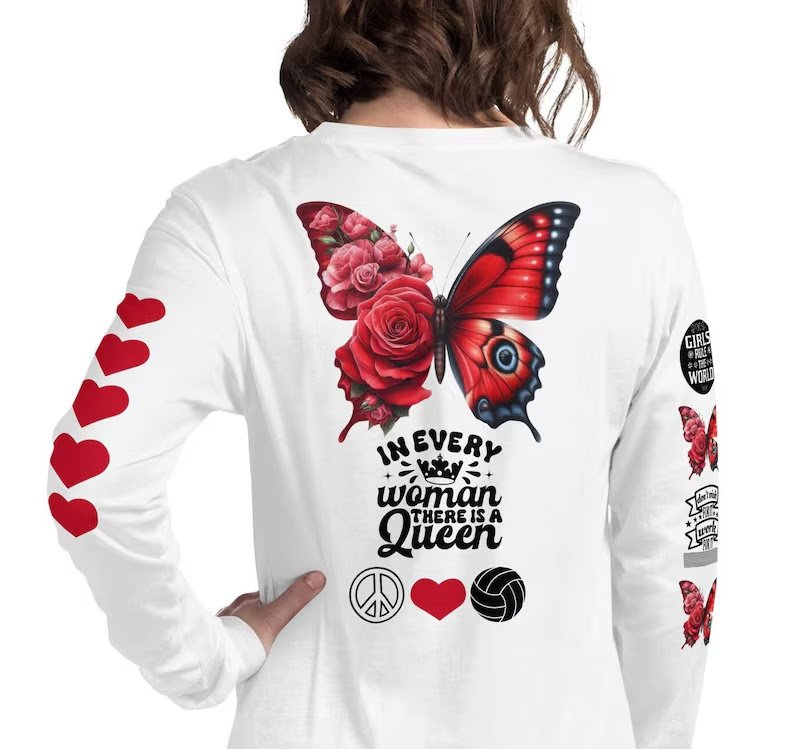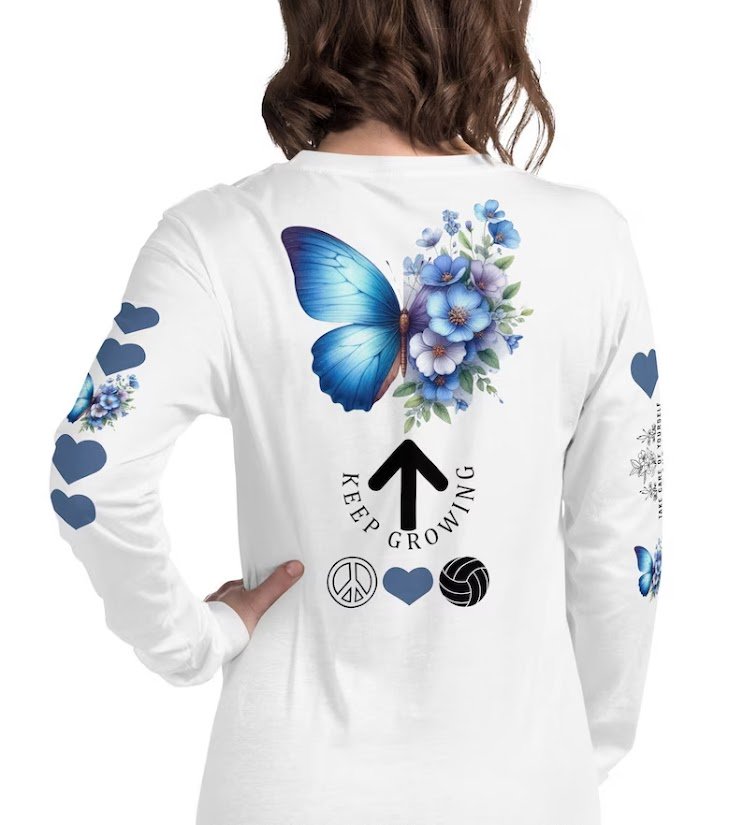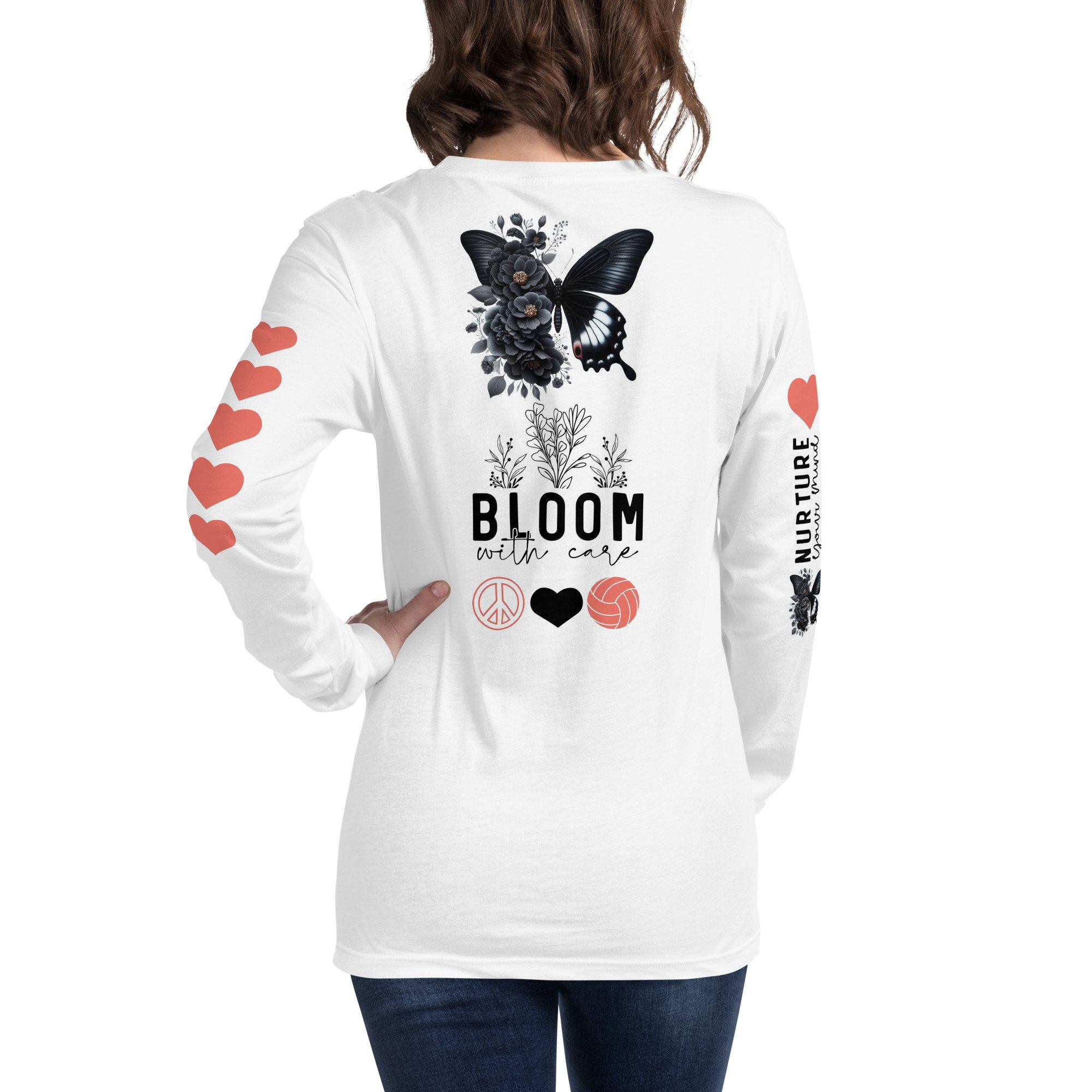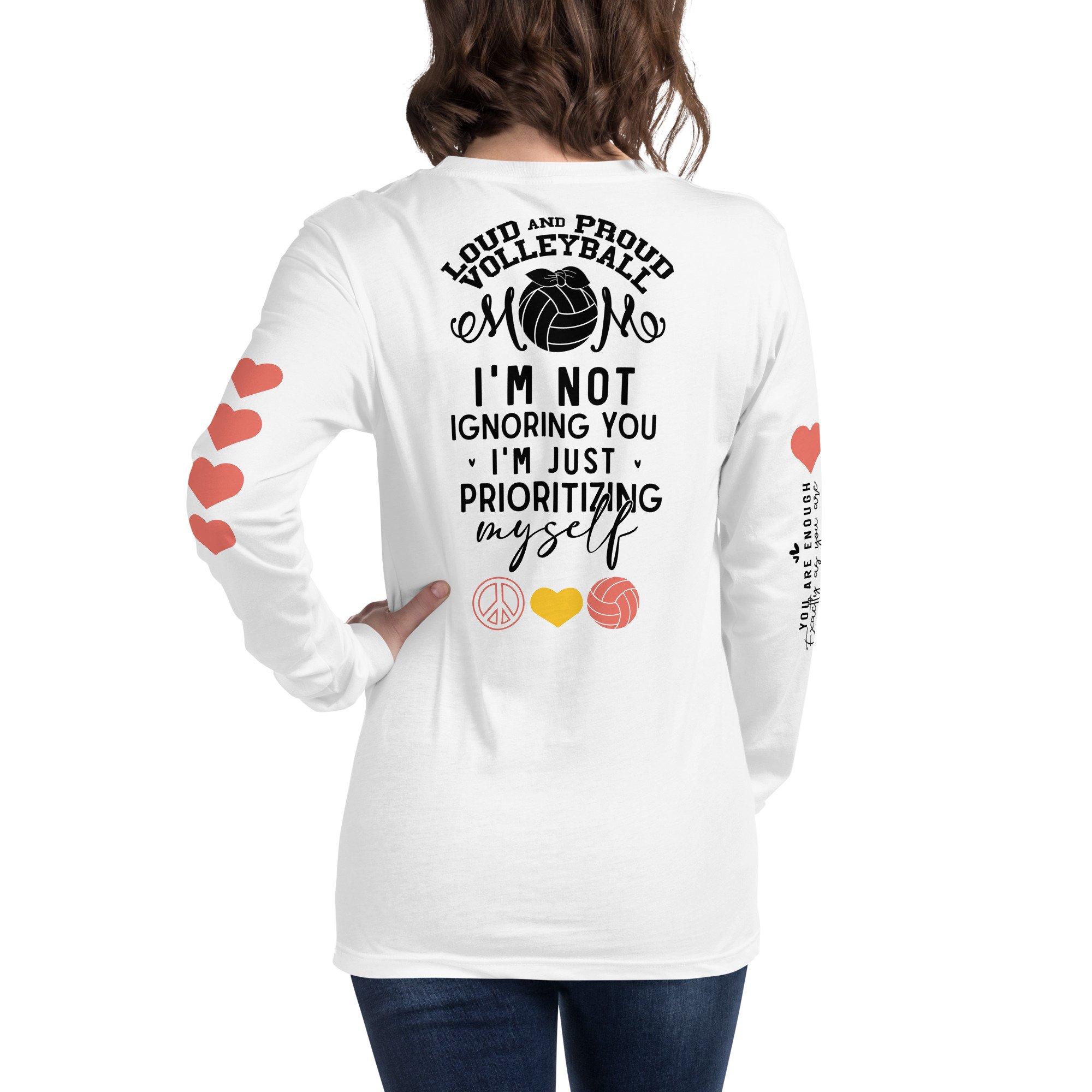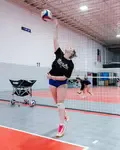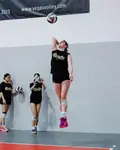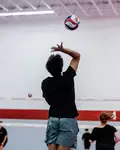- Improve Your Volleyball with Coach April
- Volleyball Plays
- Volleyball Hand Signals: How A Setter Calls Offensive Volleyball Plays
Volleyball Hand Signals: How A Setter Calls Offensive Volleyball Plays
Setters use volleyball hand signals to call the volleyball plays which are sets delivered at different speeds and locations to hitters to hit along the net.
The setter is responsible for running her team's offense.
When her team is in service receive, at the beginning of each rally, its her job to tell her hitters what type of set each of them are going to get if
a) she gets a good pass and/or
b) she doesn't get a good pass
Volleyball Offensive Plays
Plays Hand Signals
How does a setter "call a play."
After a rally is finished, when the receiving team is setting up in their receiving pattern the setter uses hand signals to "communicate to each eligible hitter" which type of set they will be getting after the whistle blows and the opposing team has served the ball.
Most hand signals are not complicated. Each hitter knows that each signal is related to the type of set they are going to get because this is something they train for in volleyball practices.
So if a setter shows her left side hitter the number four, then the left side hitter knows she will be getting high ball to Zone 4.
If the middle blocker is shown a hand signal for the number one, then the middle blocker knows she will be getting a quick or a "one" ball in Zone 3.
If the opposite or right side hitter is given a hand signal for the number five then the right side knows she will be getting a high ball set to Zone 2 after the whistle blows and once her team has passed the ball to the setter.
Setters run the show! Celebrate your position with these setter volleyball shirts designed for the quarterbacks of volleyball.
Why Are Hand Signals Used To Call Volleyball Plays?
Hand signals are used to call volleyball plays because...
1. The setter can hide her hand signal behind a players back so the opposing teams blockers can't see what she is calling
2. In noisy gyms its impossible for the setter to talk to her hitters that may be in the back row or on the opposite side of the court. If she uses hand signals then they can run their offensive play without saying a word.
Volleyball Hand Signals:
A setter can "run a play" with a series of slow or fast sets.
While fast sets are lower to the net, slow sets are higher sets pushed 8 - 10 feet well above the top of the net.
Each player on offense will get a hand signal as to the type of set they will get.
When all the hitters are each given a different set to run at various locations along the net and they run the play together that's called a "combination play."
Improve your hand positioning with this volleyball setting trainer I use in my private sessions
Easy Volleyball Offensive Plays: The Four Set, The One Set, The Five Set
The "4 - 1 - 5" play is the volleyball play most commonly run by setters and is the easiest offensive play to learn.
This a high ball set to each of the front row hitters, except the middle blocker.
The only person who gets a quicker lower set in this offensive combination play is the middle blocker, who on a good pass, will approach the setter with a three-step spike approach and attempt to a hit a quick and low set that's 1-2 feet in the air right in front of the setter in Zone 3.
The hand signal for the 4-1-5 is easy to learn and understand.
In serve receive, before the server serves the setter holds up four fingers to the left side hitter, then one forefinger to her middle hitter then all five fingers they'll hold up to her right side hitter to call the play.
The setter holds up four fingers to the left side hitter, then one forefinger to her middle hitter then all five fingers they'll hold up to her right side hitter to call the 4-1-5 offensive volleyball play.
Improve your ball setting consistency with this volleyball setting catcher I use in my private sessions
Do You Follow Me on Pinterest?
Follow me on Pinterest Volleybragswag to improve your game even faster!
I share alot of individual, partner and easy-to-do volleyball serving drills we do in class with my followers.
Many of these volleyball practice drills you can do at home by yourself or try at your next practice with your teammates.
If you're a B team or JV player trying to make varsity next year...your goal should be to complete 1000 reps a day of at least three of the basic skills on your own...volleyball passing, serving and setting should be at the top of the list.
If your athlete struggles with consistent serve receive, gets subbed out, or is overlooked for playing time—this is the fix you’ve been looking for.

Struggling with passing consistency?
I help talented passers tired of getting pulled from games because of inconsistent serve receive skills BUILD passing confidence without expensive private lessons using the same 3-step system that's helped dozens of my athletes get recruited.
Download my eBook for $17.99 and start building the passing confidence that keeps you on the court—and gets you seen by college coaches.
From Lady Vol to Legend: Coach April Produces Powerful Passionate Players...is that you?
What Are You Looking For?
Click to Download Your Pre Serving Ritual Mastery Checklist pdf:
🎯Volleyball Pre Serving Ritual Guide -
Players! Learn How To Transform Your Serve from Weak to Weapon
Click to Download Your Parent's Volleyball Serving Checklist pdf
🎯Parent's Volleyball Serving Checklist Guide
Parents! Help Your Player Develop Championship Serves (Even If You've Never Played)
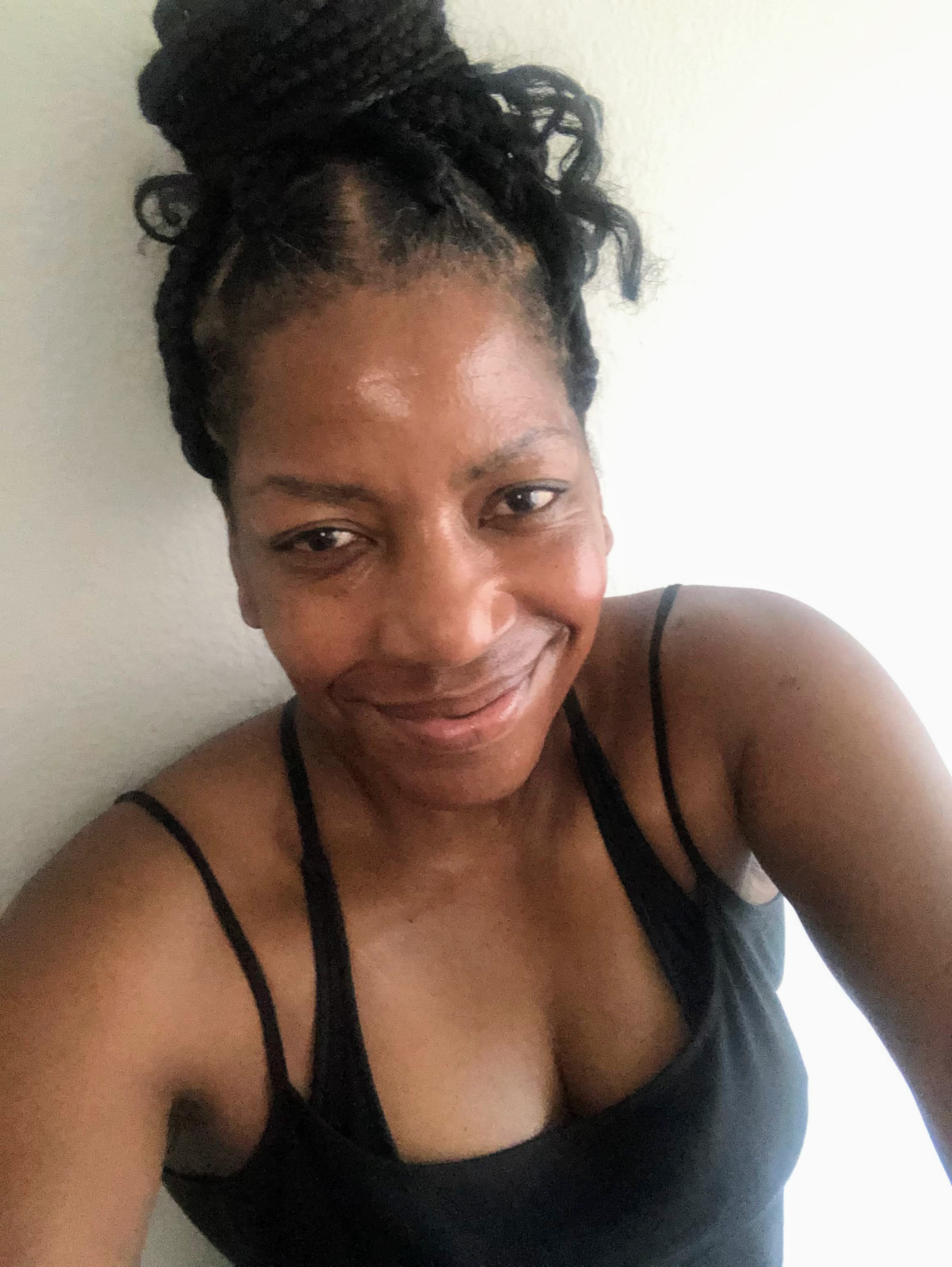
Hi there!
Thanks for stopping by. Hope you learned something today that will help you reach your volleyball goals.
Be sure to subscribe to my email newsletter so you can learn more each week!
Stay strong! Stay motivated!
-Coach April
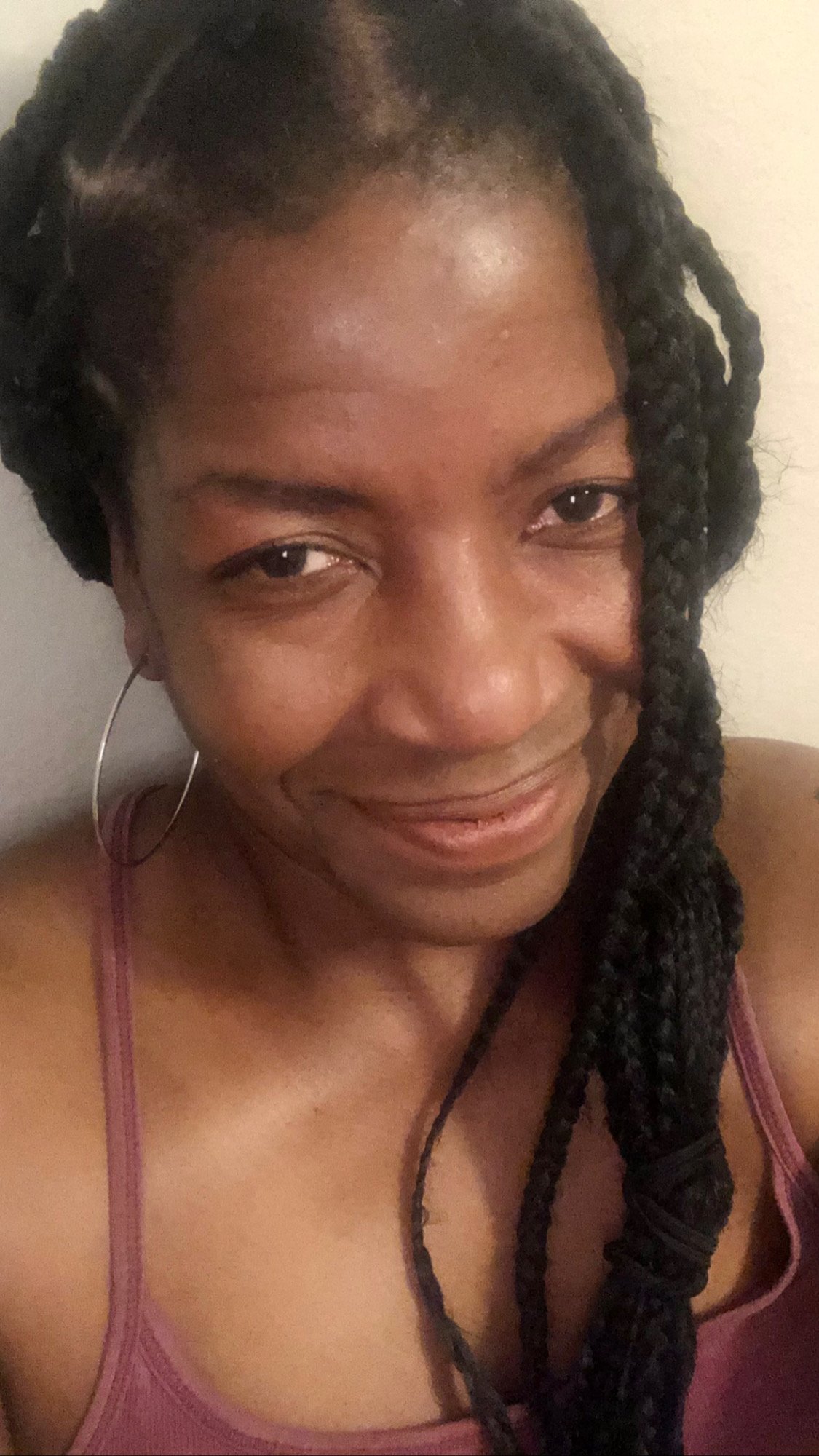
SUSCRIBE to my email newsletter below!
 Click to learn more about the weekly volleyball classes and clinics or email info@imrpoveyourvolley.com for information
Click to learn more about the weekly volleyball classes and clinics or email info@imrpoveyourvolley.com for informationCongratulations to my seven Boys-18s Vegas Volley club players who played in two state championship finals yesterday, the 3A and 5A State champinship finals at Sunrise Mountain High School.
TOURNAMENT CHAMPIONS!
A-1 Vegas Volley VBC
In It To Win It Tournament
May 2 - 4, 2025 Tournament
Gold Medalists
18s Premier Division
Vegas Volleyball's Unsung Heroes: Celebrating Moms with Peace Love Volleyball Shirts
Ready to energize your volleyball mom journey?
Subscribe to my 'Producing Powerful Passionate Peaceful Players' email list above on ImproveYourVolley.com.
You'll receive energy-boosting tips, exclusive insights from me, Coach April Chapple on maintaining momentum in volleyball.
Let's power up the Vegas volleyball scene together!
Recent Articles
-
Three Volleyball Serve Types Players Use To Score More Aces Each Game
Jan 01, 26 07:31 PM
Learn 3 volleyball serve types that win games. Could adding 3-5 aces per set make you a starter? Learn standing float, topspin & jump float 'How to" techniques -
Volleyball Topspin Serve: How To Score Aces With Power and Spin
Jan 01, 26 07:17 PM
Want to add 3-5 aces per game? The volleyball topspin serve combines power and spin to score points. Learn the technique that makes passers fear your serve. -
How to Serve A Floater Known As The Standing Float Serve in Volleyball
Jan 01, 26 07:07 PM
Learn how to serve a floater, also called a standing float serve that's hard for the opposing team to pass because of how the ball floats while crossing the net
